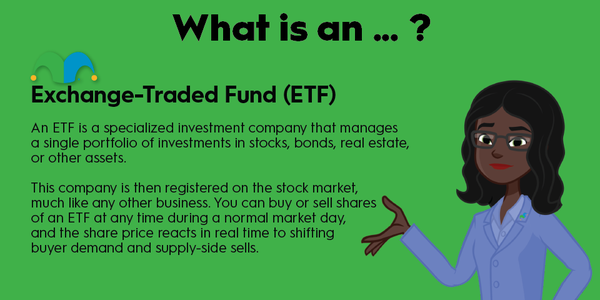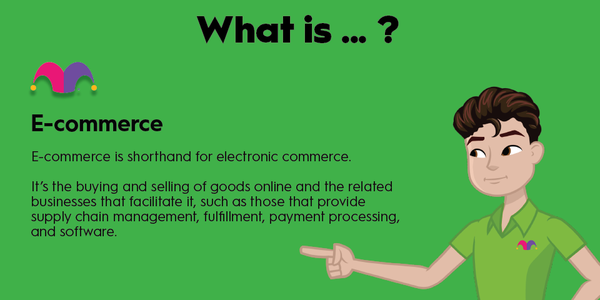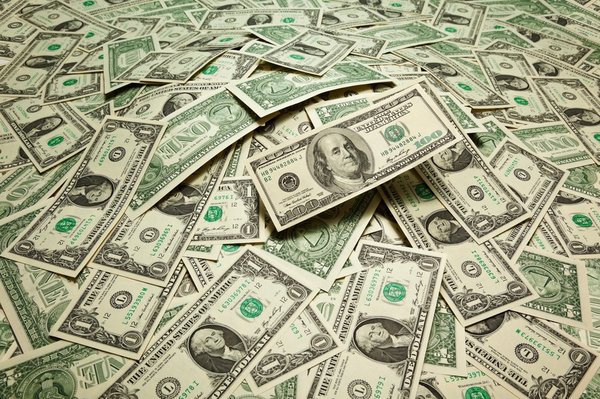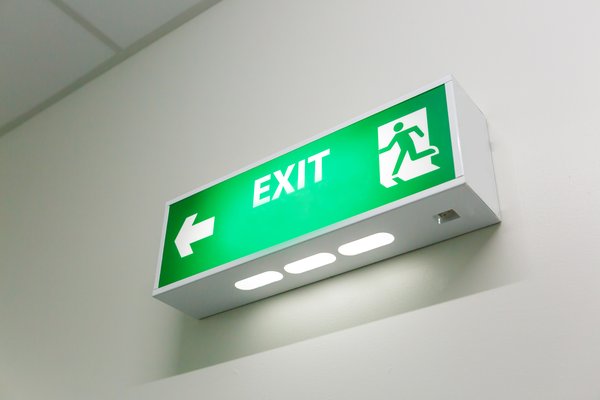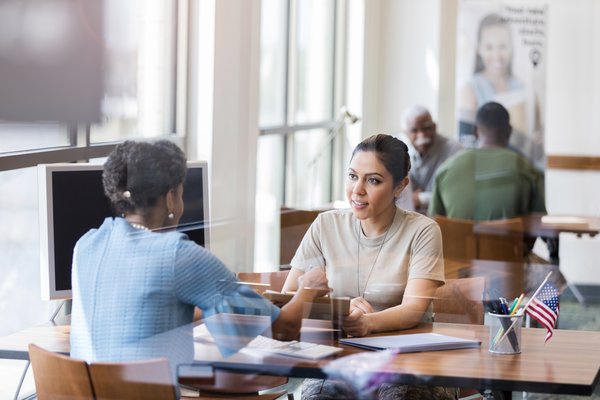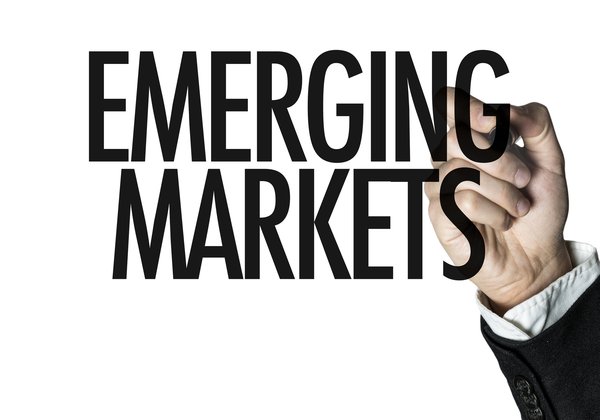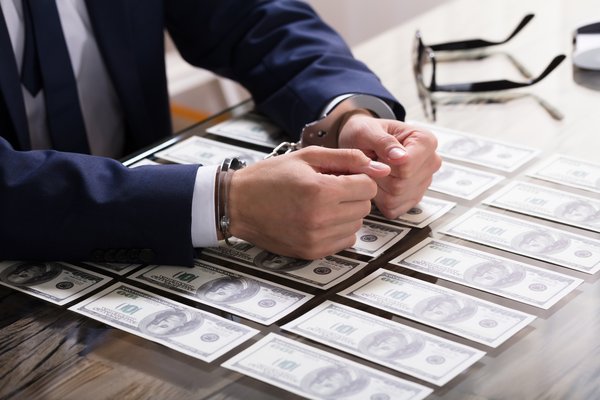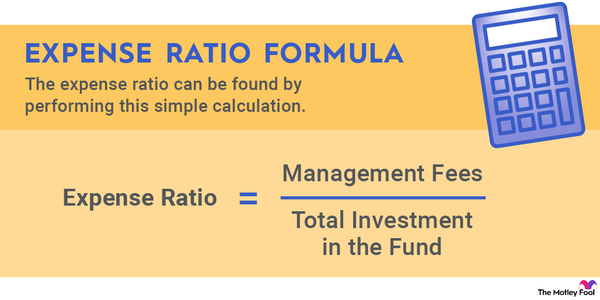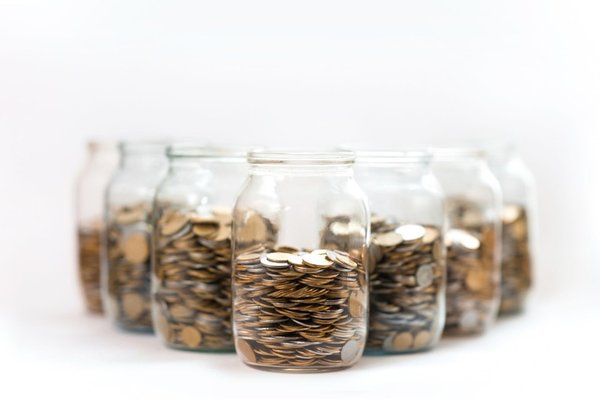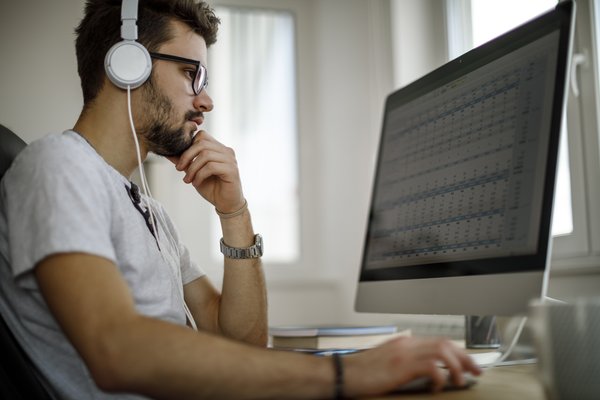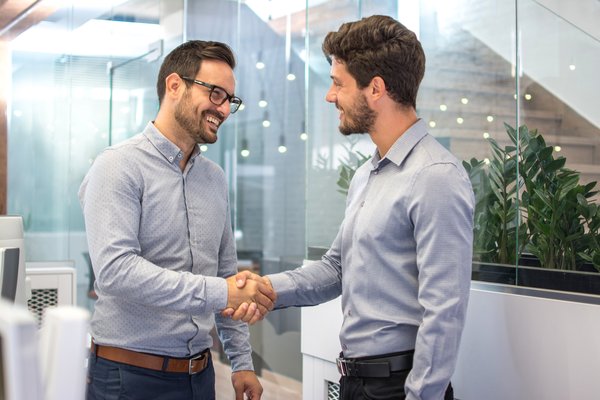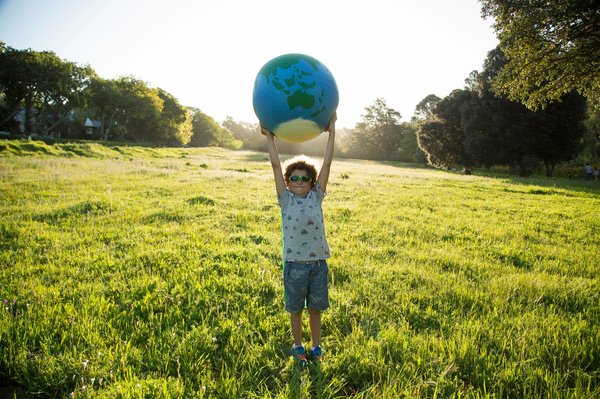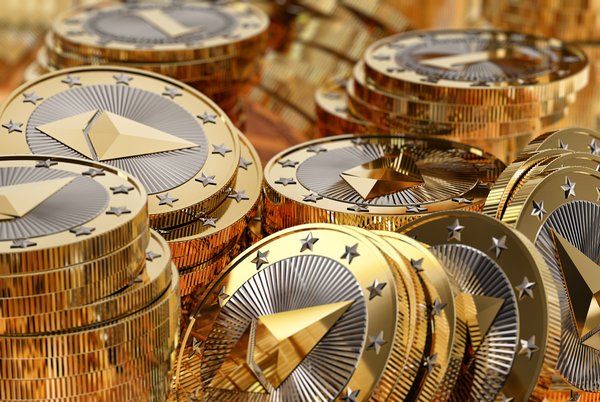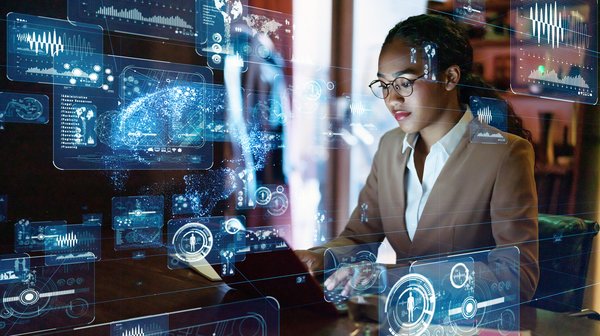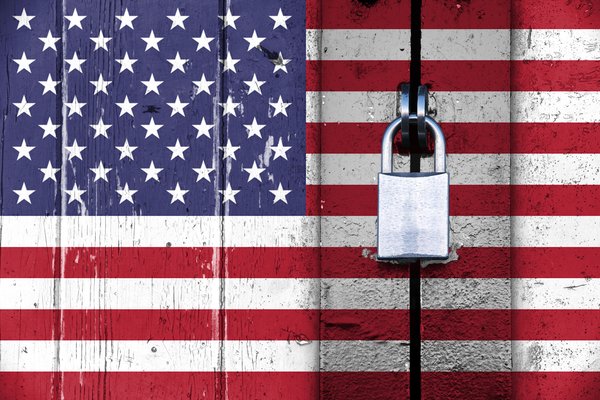In the financial world, there are a few stories that are lessons for the future. Enron is one such example of what not to do in a very big way.
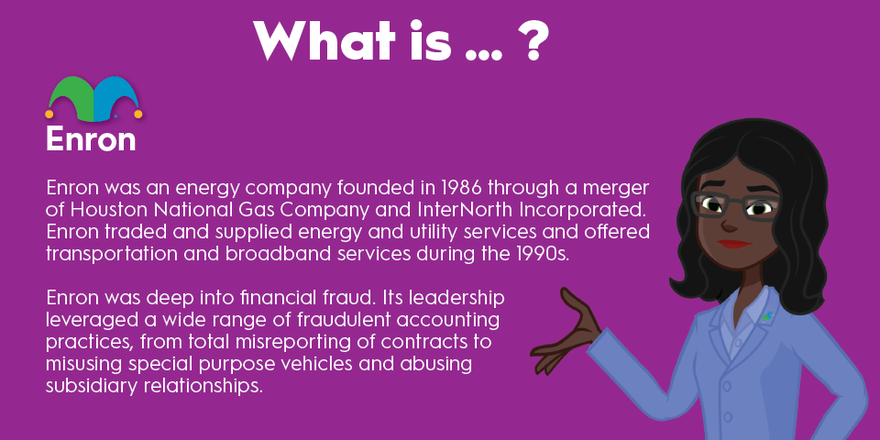
What Is Enron?
What is Enron?
Enron was an energy company founded in 1986 through a merger of Houston National Gas Company and InterNorth Incorporated, with Kenneth Lay at the helm. Enron traded and supplied energy and utility services and offered transportation and broadband services during the 1990s.
Enron looked like a complete success because of its fraudulent accounting techniques. To the outside world, it was doing great. In 1996, it reported revenues of $13.2 billion. By 2000, it was reporting more than $100 billion in revenues. Unfortunately, the revenue wasn't quite as real as Enron's accountants made it appear.
What did Enron do?
What did Enron do?
Enron was deep into financial fraud. Its leadership leveraged a wide range of fraudulent accounting practices, from total misreporting of contracts to misusing special purpose vehicles and abusing subsidiary relationships. For example, it regularly transferred debt to its subsidiaries on paper but included their income in its financial reporting, inflating its own income because it never had to subtract the debt.
It also leveraged special purpose vehicles to allow it to borrow money without reporting the debt to investors. Instead, it transferred stock to the special purpose vehicles as a hedge. But when the stock started to sink in value, the special purpose vehicles could no longer borrow money, leading to the beginning of the end for the company.
Other bad behavior included recording one-time sales as recurring revenue and maintaining expired contracts throughout a specific window of time so that it wouldn't have to write them off until it was convenient.
How did Enron get away with it?
How did Enron get away with it?
In the end, Enron didn't get away with it. But in the shorter term, it was complicated because Enron employed mark-to-market accounting, allowing the company to value a long-term contract at what it considered fair market value. This is fine when you have contracts you're being realistic about -- but Enron just assigned them whatever numbers made the company look good.
Enron frequently reported unrealized gains on contracts to inflate its income statement, even for years of multiyear contracts that hadn't paid yet. Because mark-to-market accounting relies on a company to honestly evaluate itself and the contracts it holds regularly, it was an easy way for Enron to create money -- without anyone asking questions -- that didn't and wouldn't exist. The convoluted accounting Enron employed made it very difficult to unravel the many threads of deception.
What ultimately happened with Enron?
What ultimately happened with Enron?
Enron entered bankruptcy in 2001. After its 2004 bankruptcy exit, it was renamed Enron Creditors Recovery Corp. The entity was charged with liquidating and reorganizing the company per Enron's bankruptcy plan. The last subsidiary was sold in 2006.
Former CEO Kenneth Lay was convicted of six counts of securities fraud out of 11 criminal charges but died in 2005 before sentencing occurred. He was facing as many as 45 years in prison.
Former CEO Jeff Skilling, Lay's hand-picked successor, was convicted of 19 counts of securities fraud out of 28 charges. He was sentenced to more than 24 years in prison but made a deal with the U.S. Department of Justice that cut 10 years off his sentence, and he was released in 2019.
Former CFO Andrew Fastow and his wife, former Enron assistant treasurer Lea, faced a range of charges that included money laundering, fraud, insider trading, and conspiracy. Andrew faced 98 counts, Lea six.
Andrew ended up pleading guilty to just two conspiracy charges and got a plea deal that reduced his sentence to 10 years for testifying against the Enron C-Suite. He was released in 2011. Lea was eventually just charged on a single misdemeanor tax charge and served a single year in prison for helping her husband hide income from the government.
Sixteen people, primarily from the C-Suite and accounting departments, pleaded guilty to crimes related to Enron. Eight former Enron executives testified in the trials.
Also, due to the Enron scandal and others that would follow shortly on its heels, Congress passed the Sarbanes-Oxley Act in 2002. The act established the Public Company Accounting Oversight Board to create standards for audit reports and other governance reforms to prevent another Enron from happening.
In November 2003, the Securities and Exchange Commission (SEC) also approved new governance rules for stock exchanges, including requirements for independent directors and other rules that created more oversight for listed companies.
